| A cataract-affected eye. |
SAVED GREEN SAVED BANGLADESH
Wednesday, June 1, 2016
What to eat to help improve your eyesight Don't just think taste, think eyes too.
Phones affect Brain Activities
The population researches lead into conclusion of finding about the mobile phone usage that may cause brain cancer. The latest research reveals that the energy emitting from mobile devices can affect brain activities regularly.
The population researches lead into conclusion of finding about the mobile phone usage that may cause brain cancer. The latest research reveals that the energy emitting from mobile devices can affect brain activities regularly.
Someone holding mobiles closed to the ears for a long period of time, really that cause to the antenna, researchers revealed.
Additional studies established that the areas anticipated having the highest engagement of radiofrequency and electromagnetic arenas from cell phone use were really the ones that presented the higher growths in glucose breakdown.
The properties on neuronal action could be cause to variations in neuro transmitter release, cell membrane absorptivity, cell moodiness, or calcium efflux.
It’s also been hypothesized that hotness from mobile phones can pay to practical brain variations, but that is perhaps less probable to be the case, the researchers supposed.
Saturday, May 28, 2016
QUANTITY OF CEMENT & SAND CALCULATION IN MORTAR

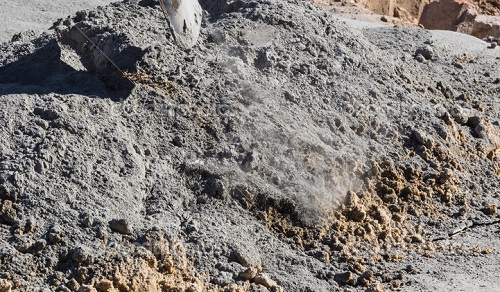
QUANTITY & RATE ANALYSIS FOR REINFORCED CONCRETE
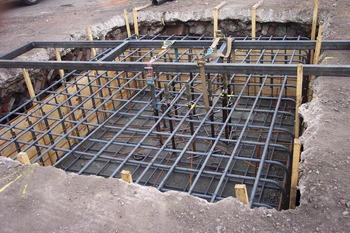
Data required for RCC Rate Analysis:
- For slabs = 1.0 % of concrete volume.
- For Beam = 2 % concrete volume.
- For column = 2.5 % of concrete volume.
- For RCC Roads, 0.6% concrete volume.
COMPRESSIVE STRENGTH OF CONCRETE CUBES
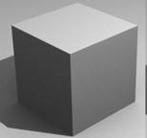
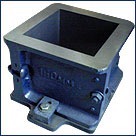
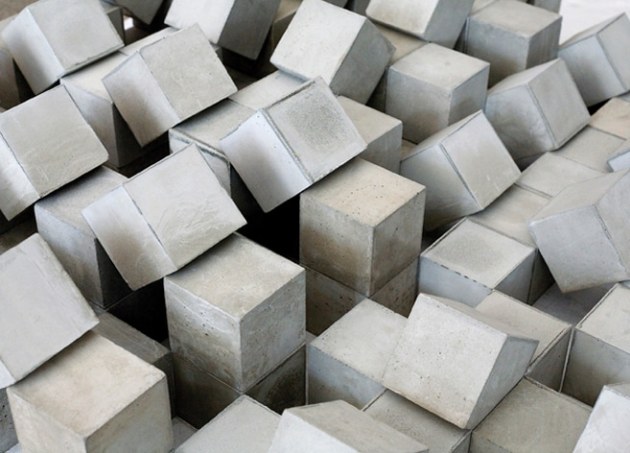
Following are the procedure for Compressive strength test of Concrete Cubes
NOTE
Percentage strength of concrete at various ages:
Age
|
Strength per cent
|
1 day
|
16%
|
3 days
|
40%
|
7 days
|
65%
|
14 days
|
90%
|
28 days
|
99%
|
Compressive strength of different grades of concrete at 7 and 28 days
Grade of Concrete
|
Minimum compressive strength N/mm2 at 7 days
|
Specified characteristic compressive strength (N/mm2) at 28 days
|
M15
|
10
|
15
|
M20
|
13.5
|
20
|
M25
|
17
|
25
|
M30
|
20
|
30
|
M35
|
23.5
|
35
|
M40
|
27
|
40
|
M45
|
30
|
45
|
Popular posts
-
Seismic base isolation is a technique developed to prevent or minimize the damages to the buildings during an earthquake.It works by separa...
-
INTRODUCTION Concrete which forms major component in the construction Industry as it is cheap, easily available and conv...
-
Kingtiger sewage sludge carbonization plant adopts the advanced sludge carbonization technology which can convert sludge to bio coal. T...
-
Precast is a smart way to build any type of buildings, safely and affordably. Originally developed in the Nordic countries, modular preca...
-
It has become common knowledge that carbon dioxide is the chief greenhouse gas and the leading cause of global warming. Excessive carbon...
-
ABSTRACT Earthquakes constitute one of the greatest hazards of life and property on the earth. Due to suddenness of their occurren...
-
We find use of glass at various points in our day to day life. In construction field, we use it in window panes, mirrors, furniture, e...
-
As the monsoon starts showering we feel relieved from the scorching heat of the summer season. But before arrival of monsoon our home nee...
-
( আবিষ্কারক: শায়খ সাইফুদ্দ)
-
Chances are that your grandparents never had to buy a pair of glasses and continued to read the paper and sew buttons on the...





